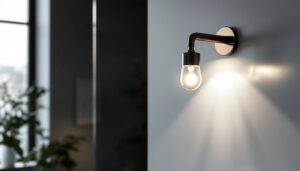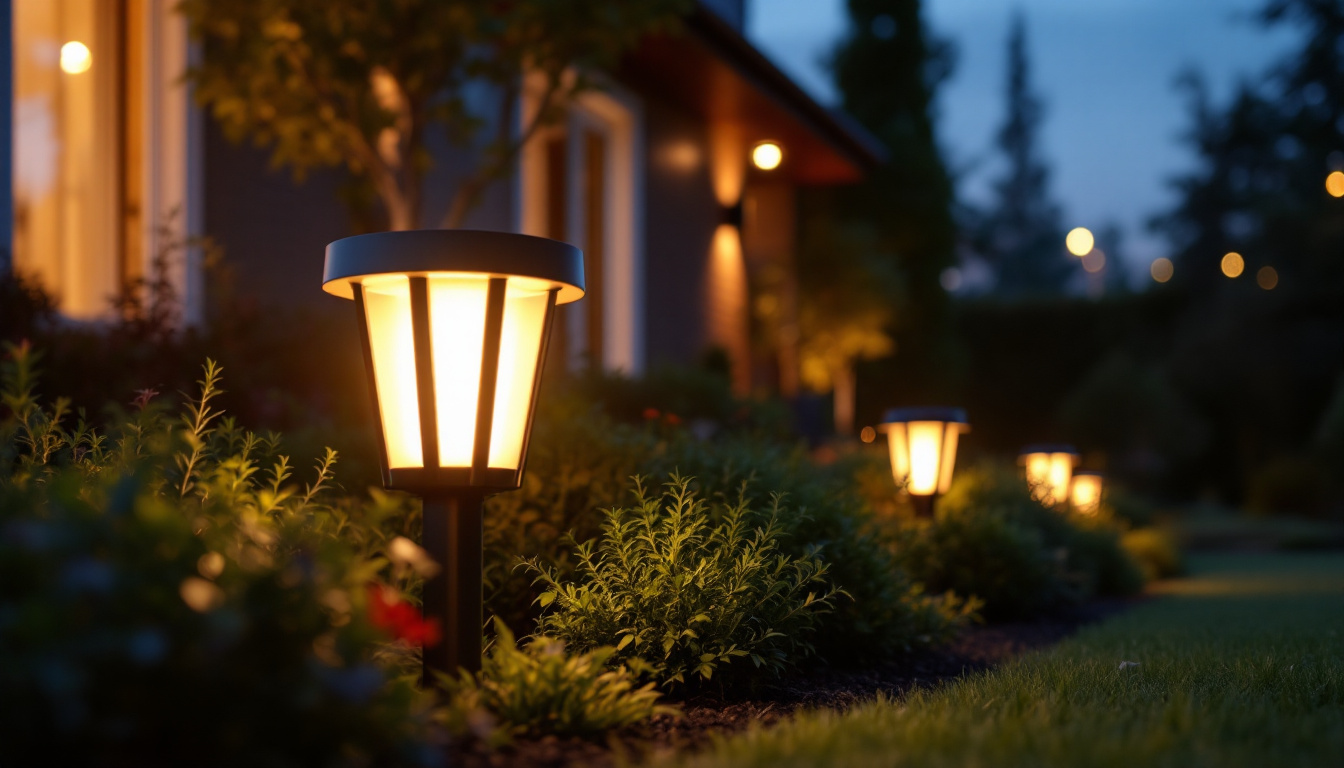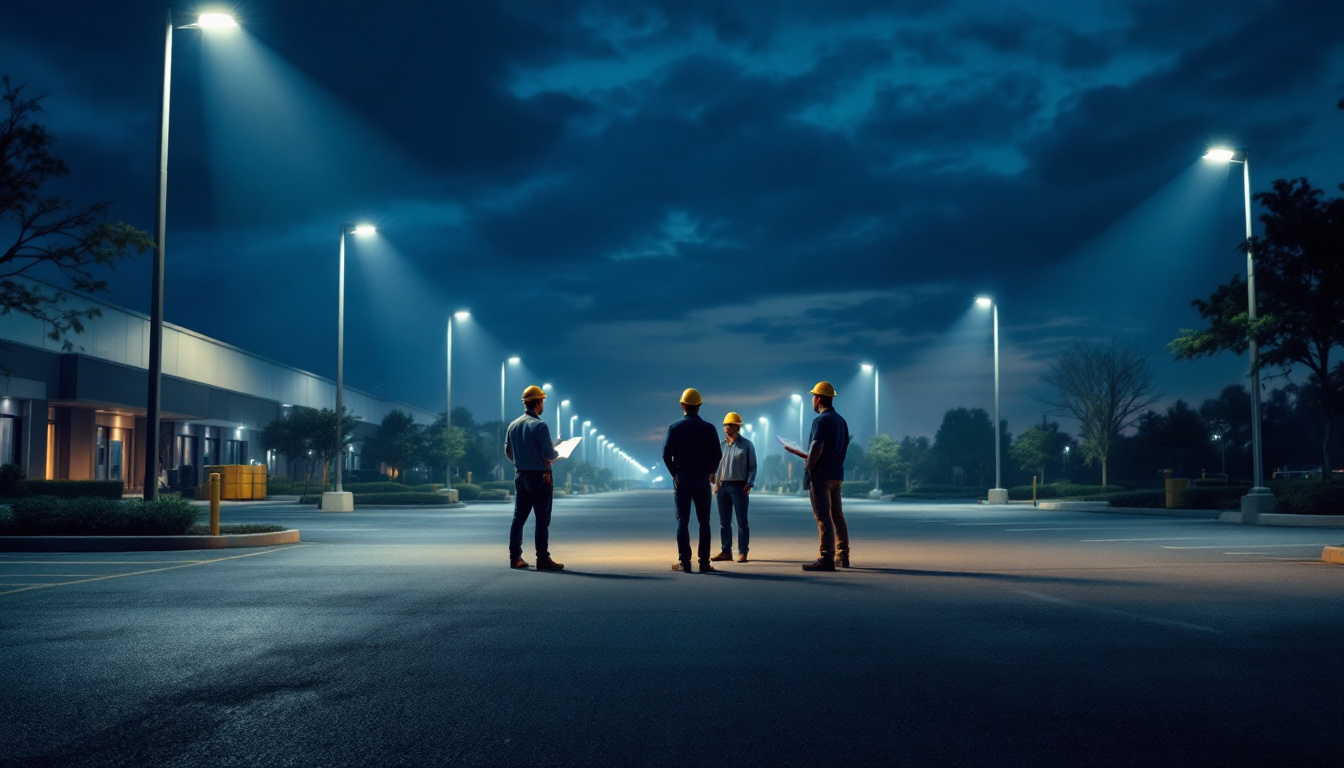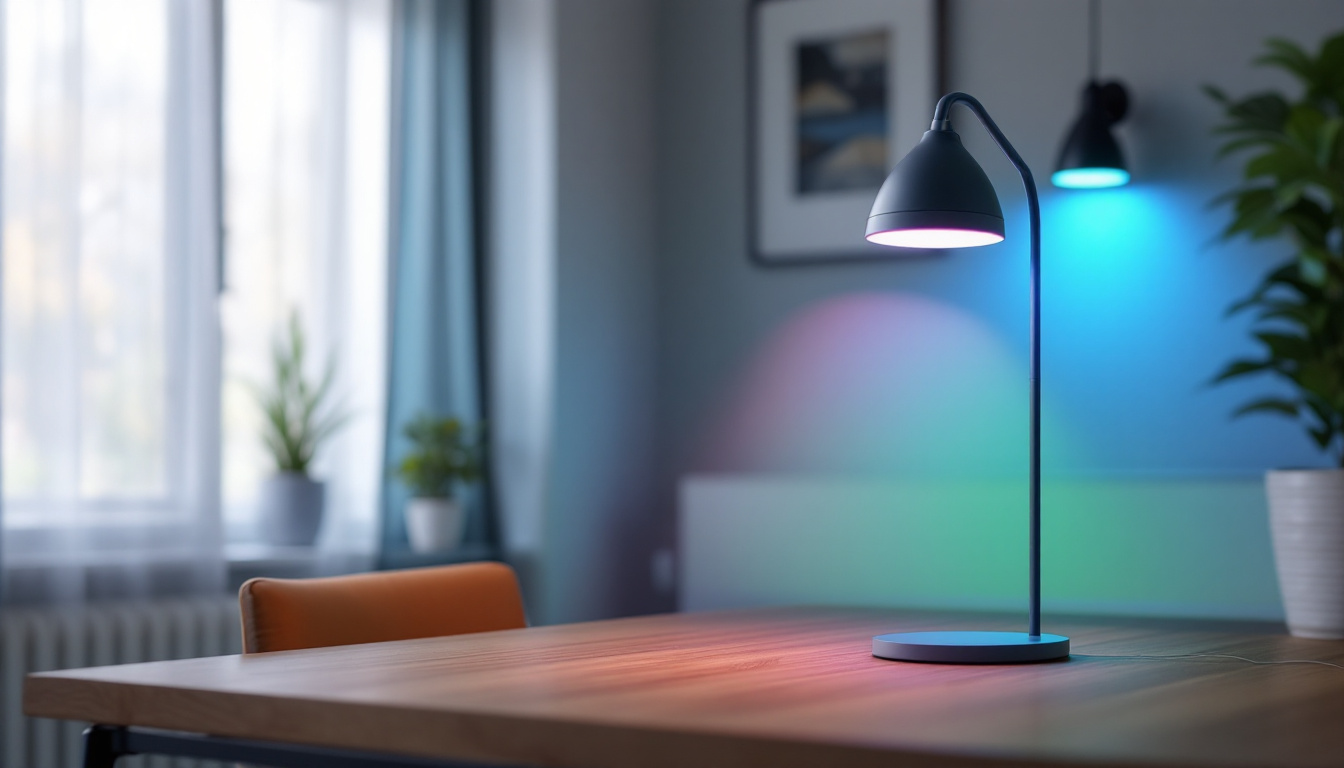

As the demand for energy-efficient and sustainable lighting solutions continues to rise, LED yard lights have emerged as a popular choice among lighting contractors. This comprehensive handbook aims to provide essential insights, tips, and best practices for contractors looking to enhance their expertise in LED yard lighting. From understanding the technology behind LEDs to installation techniques and maintenance, this guide covers all aspects necessary for successful implementation.
LED, or Light Emitting Diode, is a semiconductor device that emits light when an electric current passes through it. Unlike traditional incandescent or fluorescent bulbs, LEDs are highly efficient, durable, and versatile. Understanding the core principles of LED technology is crucial for lighting contractors who wish to maximize the benefits of these innovative lighting solutions.
At the heart of LED technology lies the principle of electroluminescence. When electrons move through a semiconductor material, they release energy in the form of photons, which is perceived as light. This process not only results in lower energy consumption but also contributes to a longer lifespan compared to conventional lighting options.
LEDs operate at a much lower temperature, reducing the risk of overheating and fire hazards. This characteristic makes them particularly suitable for outdoor applications, where exposure to the elements can be a concern. Understanding how LEDs function allows contractors to make informed decisions about the types of fixtures and installations that will best serve their clients’ needs. Moreover, the compact size of LEDs enables innovative designs and installations that can enhance the aesthetic appeal of various environments, from residential gardens to commercial landscapes.
LED yard lights offer numerous advantages that make them an attractive option for both contractors and homeowners. One of the most significant benefits is energy efficiency. LEDs consume significantly less power than traditional lighting options, resulting in lower electricity bills and a reduced carbon footprint.
Additionally, LED yard lights have a longer lifespan, often lasting up to 25,000 hours or more. This longevity translates to fewer replacements and maintenance costs over time. Furthermore, the durability of LEDs means they can withstand harsh weather conditions, making them ideal for outdoor use. The ability to choose from a variety of color temperatures also allows homeowners to create the perfect ambiance for their outdoor spaces, whether it’s a warm glow for cozy gatherings or bright white light for security purposes. This versatility not only enhances the functionality of outdoor lighting but also adds value to properties, making LED yard lights a wise investment for those looking to improve their outdoor aesthetics and safety.
Selecting the appropriate LED yard lights for a project involves considering various factors, including brightness, color temperature, and design. Each of these elements plays a crucial role in ensuring that the lighting meets the specific needs of the space and its users.
When choosing LED yard lights, brightness is a key consideration. The brightness of an LED light is measured in lumens rather than watts, which is a common misconception. Higher lumens indicate brighter light output, making it essential to assess the requirements of the area being illuminated.
For instance, a pathway may require lower lumens for subtle lighting, while a driveway or a large yard may need brighter fixtures for safety and visibility. Understanding the specific lighting needs of each area will help contractors make informed decisions about the appropriate lumen output for their installations. Additionally, it’s important to consider the potential for light pollution; using dimmer lights in residential areas can help maintain the tranquility of the neighborhood while still providing adequate illumination.
Color temperature, measured in Kelvin (K), refers to the appearance of the light emitted by an LED fixture. Warm white lights (around 2700K-3000K) provide a cozy and inviting atmosphere, while cool white lights (4000K-5000K) offer a more modern and vibrant feel. The choice of color temperature can significantly influence the ambiance of outdoor spaces.
Contractors should consider the overall design and purpose of the area when selecting color temperature. For example, warm white lights may be ideal for residential gardens, whereas cooler temperatures might be more suitable for commercial properties or security lighting. Furthermore, it’s worth noting that the color temperature can affect how colors are perceived in the garden or yard; warmer lights can enhance the natural hues of plants and flowers, creating a more picturesque environment.
The design and style of LED yard lights are also crucial factors to consider. Available options range from traditional lanterns to sleek modern designs, each serving different aesthetic preferences and functional requirements. Contractors should evaluate the architectural style of the property and the desired ambiance when recommending fixtures to clients.
Moreover, the placement of fixtures plays a significant role in achieving the desired lighting effect. Properly positioned lights can enhance the visual appeal of landscaping, highlight architectural features, and provide safety for pathways and driveways. Additionally, incorporating smart lighting technology can elevate the functionality of yard lights; features such as motion sensors and remote control capabilities can add convenience and efficiency, allowing homeowners to customize their outdoor lighting experience based on their needs and preferences. This not only enhances security but also contributes to energy savings by ensuring lights are only on when necessary.
proper installation of LED yard lights is essential for maximizing their performance and longevity. Following best practices not only ensures that the lights function effectively but also enhances safety and aesthetics. Here are some key considerations for contractors during the installation process.
Before installation, conducting a thorough site assessment is vital. This process involves evaluating the landscape, identifying potential obstacles, and determining the optimal placement for fixtures. Factors such as existing trees, structures, and the intended use of the space should be taken into account.
Additionally, understanding the electrical requirements and ensuring compliance with local codes and regulations is critical. This may involve consulting with local authorities to obtain necessary permits and ensuring that the installation meets safety standards.
When installing LED yard lights, proper wiring and power supply are crucial. Contractors should ensure that the electrical system can handle the load of the new fixtures. Using outdoor-rated wiring and connectors is essential to prevent damage from moisture and environmental factors.
For larger installations, it may be beneficial to use a transformer to convert standard voltage to low voltage, which is safer for outdoor use. Proper grounding and circuit protection should also be implemented to enhance safety and prevent electrical hazards.
After installation, testing the LED yard lights is an essential step. This process involves checking for proper operation, adjusting angles for optimal light distribution, and ensuring that all fixtures are securely mounted. Making necessary adjustments during this phase can help achieve the desired lighting effect and prevent future issues.
Additionally, contractors should educate clients on how to operate and maintain their new lighting system. Providing guidance on adjusting timers, sensors, or dimmers can enhance the user experience and ensure that the lighting remains effective over time.
Maintaining LED yard lights is relatively straightforward, but regular upkeep is essential to ensure optimal performance. Understanding common issues and troubleshooting techniques can help contractors provide excellent service to their clients.
Dust, dirt, and debris can accumulate on LED fixtures over time, diminishing their brightness and efficiency. Regular cleaning is necessary to maintain optimal performance. Contractors should recommend cleaning schedules to clients, emphasizing the importance of using non-abrasive materials to avoid damaging the fixtures.
For fixtures with lenses, a gentle soap solution and a soft cloth can effectively remove grime without scratching the surface. Regular cleaning not only enhances the appearance of the lights but also prolongs their lifespan.
Despite their durability, LED yard lights may encounter issues such as flickering, dimming, or complete failure. Contractors should be equipped to identify common problems and recommend solutions. Flickering lights may indicate loose connections or voltage issues, while dimming could be a sign of an aging power supply.
In cases of complete failure, contractors should check the power source, wiring, and the fixture itself. Understanding these common issues enables contractors to provide efficient troubleshooting and repair services, enhancing client satisfaction.
As technology advances, upgrading LED yard lights may become necessary to take advantage of improved efficiency and features. Contractors should remain informed about the latest advancements in LED technology and be prepared to recommend upgrades to clients.
Replacing outdated fixtures can significantly enhance energy efficiency and aesthetics, providing clients with an opportunity to modernize their outdoor spaces. Offering upgrade options can also position contractors as knowledgeable professionals committed to providing the best solutions for their clients.
LED yard lights represent a significant advancement in outdoor lighting technology, offering energy efficiency, durability, and versatility. For lighting contractors, understanding the intricacies of LED technology, selecting the right fixtures, and implementing best practices during installation and maintenance are essential for success in this growing market.
By staying informed about the latest trends and advancements in LED lighting, contractors can provide valuable insights and recommendations to their clients, ensuring that outdoor spaces are not only well-lit but also aesthetically pleasing and safe. This handbook serves as a foundational resource for lighting contractors seeking to excel in the world of LED yard lighting.
As the industry continues to evolve, embracing new technologies and practices will be crucial for contractors looking to remain competitive and meet the ever-changing demands of their clients. With the right knowledge and skills, lighting contractors can illuminate outdoor spaces effectively and sustainably, paving the way for a brighter future in outdoor lighting.
Ready to elevate your LED yard lighting projects with the highest quality fixtures on the market? Look no further than LumenWholesale, where we provide lighting contractors with spec-grade lighting products at unbeatable wholesale prices. Say goodbye to local distributor markups and hello to superior lighting solutions that meet the highest industry standards. With our hassle-free bulk buying and free shipping, you can trust that you’re getting premium lighting at the best value — without hidden fees or compromises. Enhance your outdoor lighting projects with the perfect blend of quality, affordability, and convenience. Visit LumenWholesale today for Wholesale Lighting at the Best Value, and let us help you shine a light on excellence.

Discover how LED parking lot lights can transform your business operations as a lighting contractor.

Discover why purchasing ceiling fans in bulk from local distributors might not be the best decision.

Discover essential insights for lighting contractors on LED tube lights, including installation tips, energy efficiency benefits, and the latest industry trends to enhance your projects and client satisfaction..

Discover how RGB lamps can revolutionize your lighting installation projects by offering dynamic color options, energy efficiency, and enhanced ambiance.
Get notified when NEW deals are released.
Optimize your budget with wholesale discounts.
Only top-quality, specification-grade lighting products.
No additional costs at checkout - what you see is what you pay.
We understand the unique needs of contractors.